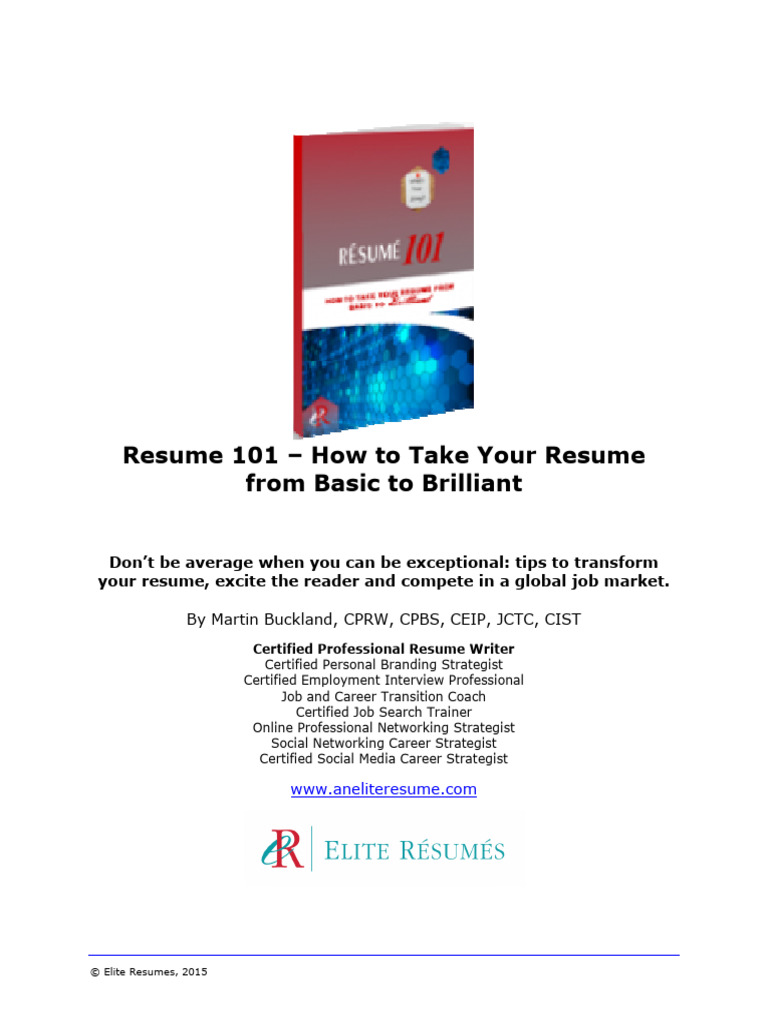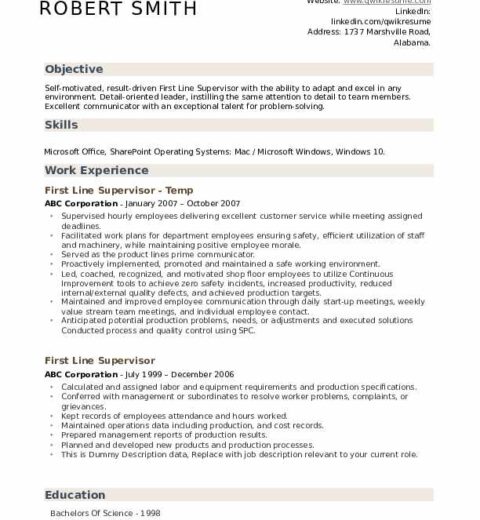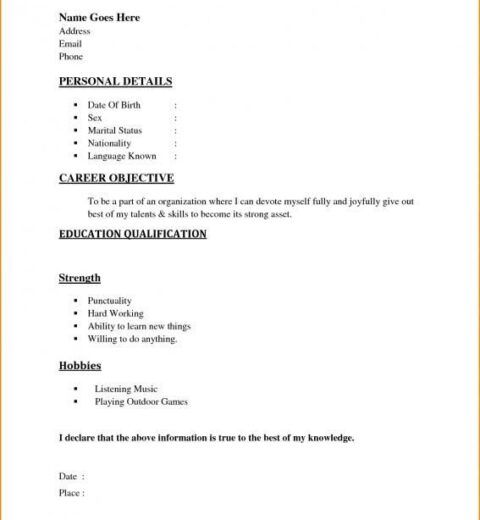In the highly competitive job market of today, crafting a resume that stands out is more critical than ever. The resume serves as your personal marketing document, succinctly communicating your qualifications, experiences, and aspirations. However, many individuals struggle to elevate their resumes from mundane to magnificent. This guide aims to illuminate the key components necessary for creating an exemplary resume.
The first, and arguably most crucial step, is understanding the purpose of a resume. It is not merely a list of jobs held or responsibilities managed; it is a narrative that tells your professional story. Pay attention to your audience, typically hiring managers or recruiters, who rapidly sift through numerous applications. Your resume must immediately capture attention, sustain interest, and ultimately persuade the reader to consider you for an interview.
As you commence the crafting process, begin with a structured outline. A pristine format is paramount; it should be visually appealing and logically organized. Generally, a resume comprises several key sections: contact information, professional summary, work experience, education, and skills. Each of these elements should be thoughtfully curated to enhance your narrative.
Your contact information needs to be prominently displayed at the top of the resume. Besides your name, include your phone number, email address, and LinkedIn profile, ensuring that you’re accessible in a variety of ways. However, it is advisable to forgo unnecessary details such as your physical address, which may compromise your privacy in today’s digital age.
Following your contact information, a compelling professional summary should grace your resume. This is your opportunity to encapsulate your professional identity concisely. Aim for 3-5 sentences that highlight your years of experience, areas of expertise, and notable achievements. The tone should be assertive and reflective of your unique value proposition. A well-crafted summary can significantly bolster your first impression, pinning down the interest of the reader.
Next, transition into the work experience section, which forms the backbone of your resume. This is where you detail your professional journey, articulating not only what you have done but how you have excelled in those roles. It is advisable to list your experiences in reverse chronological order, beginning with your most recent position. For each role, include your title, the company name, the duration of employment, and bulleted lists of your responsibilities and achievements.
Employ action verbs to commence each bullet point. Words such as “fostered,” “developed,” “engineered,” or “executed” evoke a sense of proactivity and leadership. Additionally, quantify achievements where applicable. For instance, stating that you “increased sales by 30% within six months” provides tangible proof of your contributions, rendering your accomplishments more impactful.
Your work experience doesn’t merely chronicle a timeline; it should demonstrate growth and adaptability. Highlighting diverse experiences can also showcase your versatility. If you’ve transitioned between different industries or roles, frame these shifts as strategic moves that enriched your skill set and broadened your perspective.
Once your work experiences are delineated, shift focus to the education section. While it remains a cornerstone of your resume, it often serves a different purpose depending on where you are in your career. For recent graduates, educational background might take precedence over experience. In contrast, established professionals may opt for a more concise representation. Include the degree obtained, institution, and years attended. If you graduated with honors or relevant certifications, be sure to feature those as well.
Equally vital is the skills section, wherein you can underscore both hard and soft skills pertinent to the role you seek. Hard skills encompass technical abilities or domain-specific knowledge, while soft skills involve interpersonal attributes such as communication and teamwork. Tailoring your skills to align with the job description demonstrates a well-rounded competence and a tailored application approach.
As you finalize your resume, attention to detail is paramount. Thorough proofreading is non-negotiable to avoid typographical errors that can tarnish your professional image. Additionally, formatting consistency should not be overlooked—maintain uniformity in font styles, sizes, and line spacing. The goal is to present a polished document, devoid of distractions that impede the reading experience.
When it comes to length, a traditional one-page resume remains the gold standard for most professionals, particularly those with less than ten years of experience. However, if you possess a wealth of experience, a two-page format may be warranted. In such instances, prioritize relevancy over volume; ensure every listed item contributes to your narrative.
Finally, it is prudent to tailor your resume for each application. This may necessitate adjusting your professional summary, tweaking the emphasis on certain experiences, or even modifying keywords to match the job description. Such deliberate customization increases your chances of passing through applicant tracking systems (ATS) and capturing the attention of hiring managers.
To conclude, crafting the perfect resume is an amalgamation of art and strategy, requiring introspection, skillful expression, and keen attention to the subtleties of professional presentation. By investing the necessary time and effort, you transform your resume from merely a passive document into a powerful communication tool that encapsulates your professional identity and aspirations. Following these steps will equip you with the foundation to present yourself confidently, ready to seize the opportunities that await.




